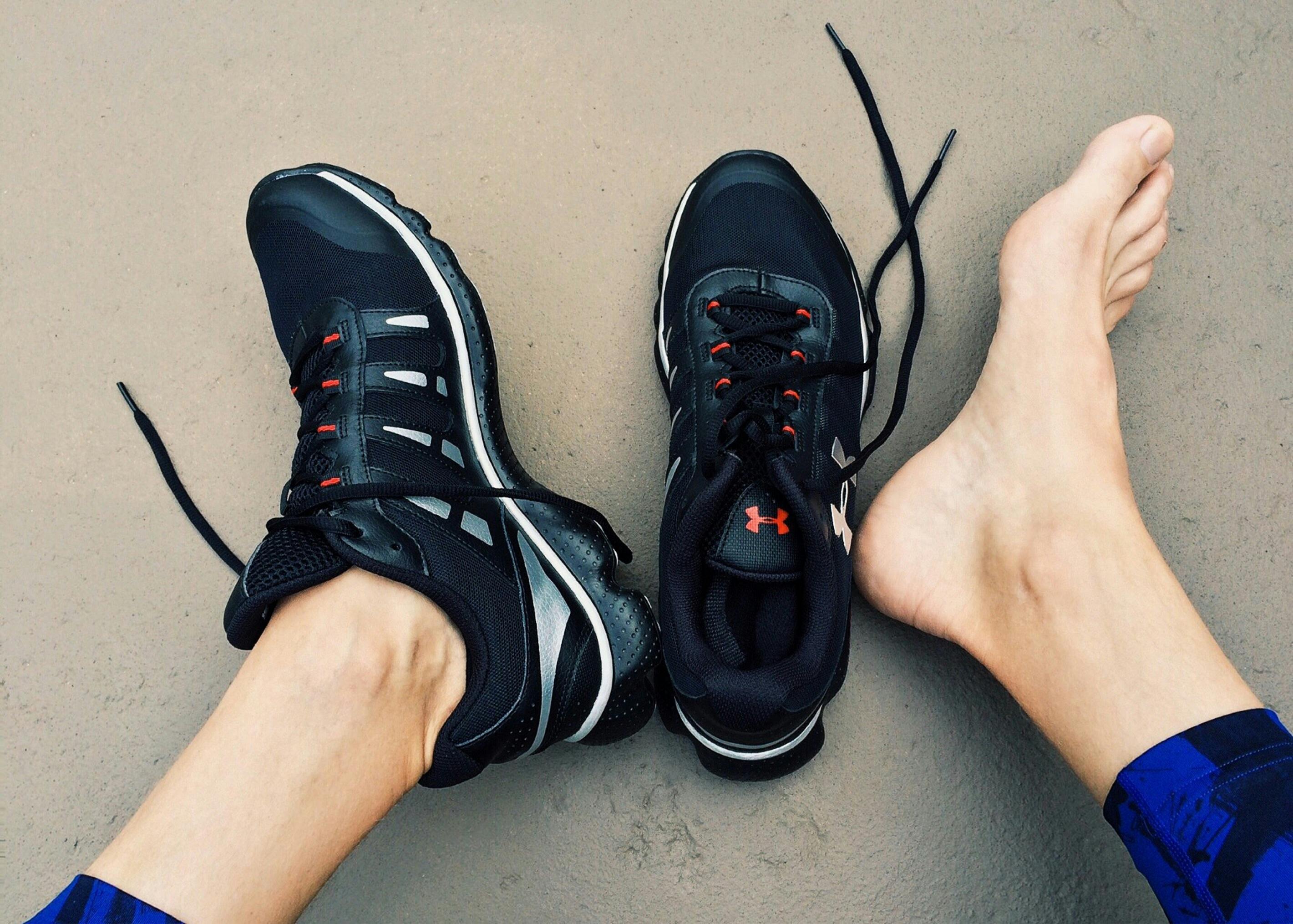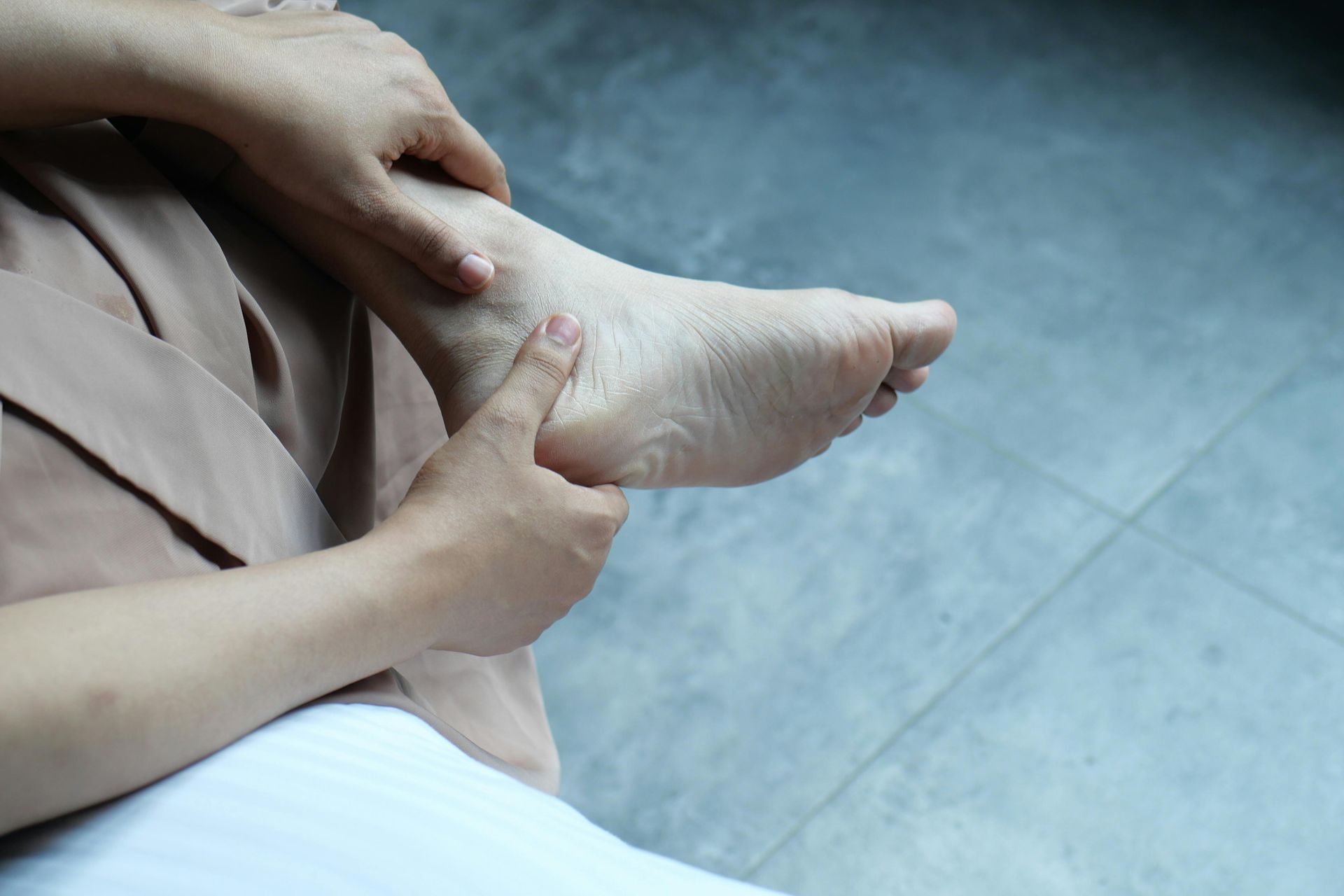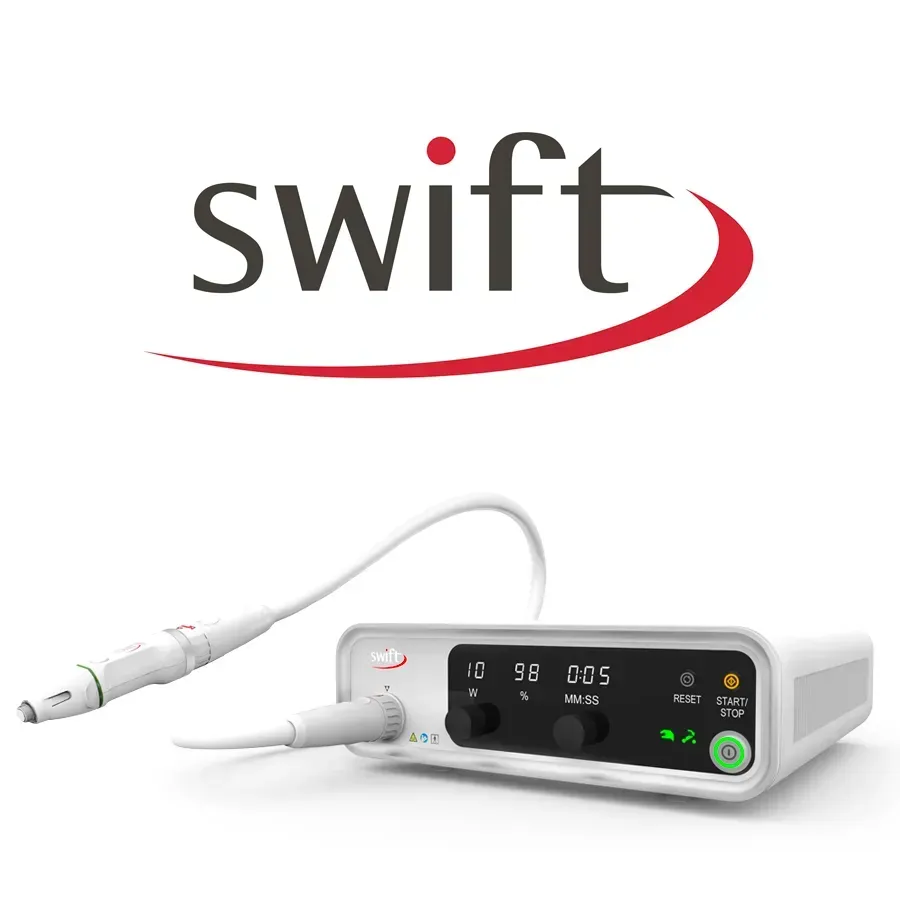WHAT YOU SHOULD KNOW ABOUT INGROWN TOENAILS
An ingrown toenail may seem like a small problem — but if left untreated, it can become painful, infected, and even interfere with daily activities like walking or exercising. The good news is that ingrown toenails are very common and can usually be treated effectively with the right care.
Here's what every patient should know about this condition.
1. What Is an Ingrown Toenail?
An ingrown toenail (ingrown toenail) occurs when the edge of a toenail grows into the surrounding skin, causing redness, swelling, and pain. It most commonly affects the big toe but can happen on any toenail.
Common symptoms include:
Tenderness or pain along the nail edge
Redness and swelling
A feeling of pressure around the nail
Pus or discharge if infection develops
2. What Causes Ingrown Toenails?
Several factors can increase your risk of developing ingrown toenails, including:
Improper nail trimming — cutting nails too short or rounding the edges too much
Tight footwear — shoes that squeeze the toes can push the nail into the skin
Injury or trauma — stubbing your toe or repetitive pressure from sports
Genetics — some people naturally have more curved nails
Excessive sweating — softens the skin, making it easier for the nail to grow inward
3. When to See a Podiatrist
A mild ingrown toenail may improve with simple home care. However, you should book an appointment with a podiatrist if:
The pain or swelling gets worse
There are signs of infection (pus, warmth, or spreading redness)
The problem keeps coming back
You have diabetes or circulation problems (even mild symptoms should be checked promptly)
4. Treatment Options
Treatment depends on the severity of the ingrown nail:
Conservative care: Soaking the foot, gentle lifting of the nail edge, and wearing open or wide-toe shoes can help mild cases.
Podiatry treatment: A podiatrist can carefully remove the ingrown portion of the nail and relieve pressure safely and painlessly.
Surgical correction: For recurring ingrown nails, a simple and effective procedure can remove part of the nail and prevent the problem from coming back.
Never attempt to cut deep into the nail yourself, as this can worsen the problem or cause infection.
5. How to Prevent Ingrown Toenails
A few small habits can make a big difference:
Trim toenails straight across — don’t round the corners
Wear shoes that give your toes enough room
Keep feet clean and dry
Address any early tenderness promptly rather than waiting for it to worsen
Don’t Suffer in Silence
Ingrown toenails are common — but they don’t have to be painful or recurring. Professional treatment provides quick relief and helps prevent future problems.
If you’re experiencing discomfort or recurring ingrown toenails, book an appointment with your podiatrist for safe, effective treatment.
Recent Posts







